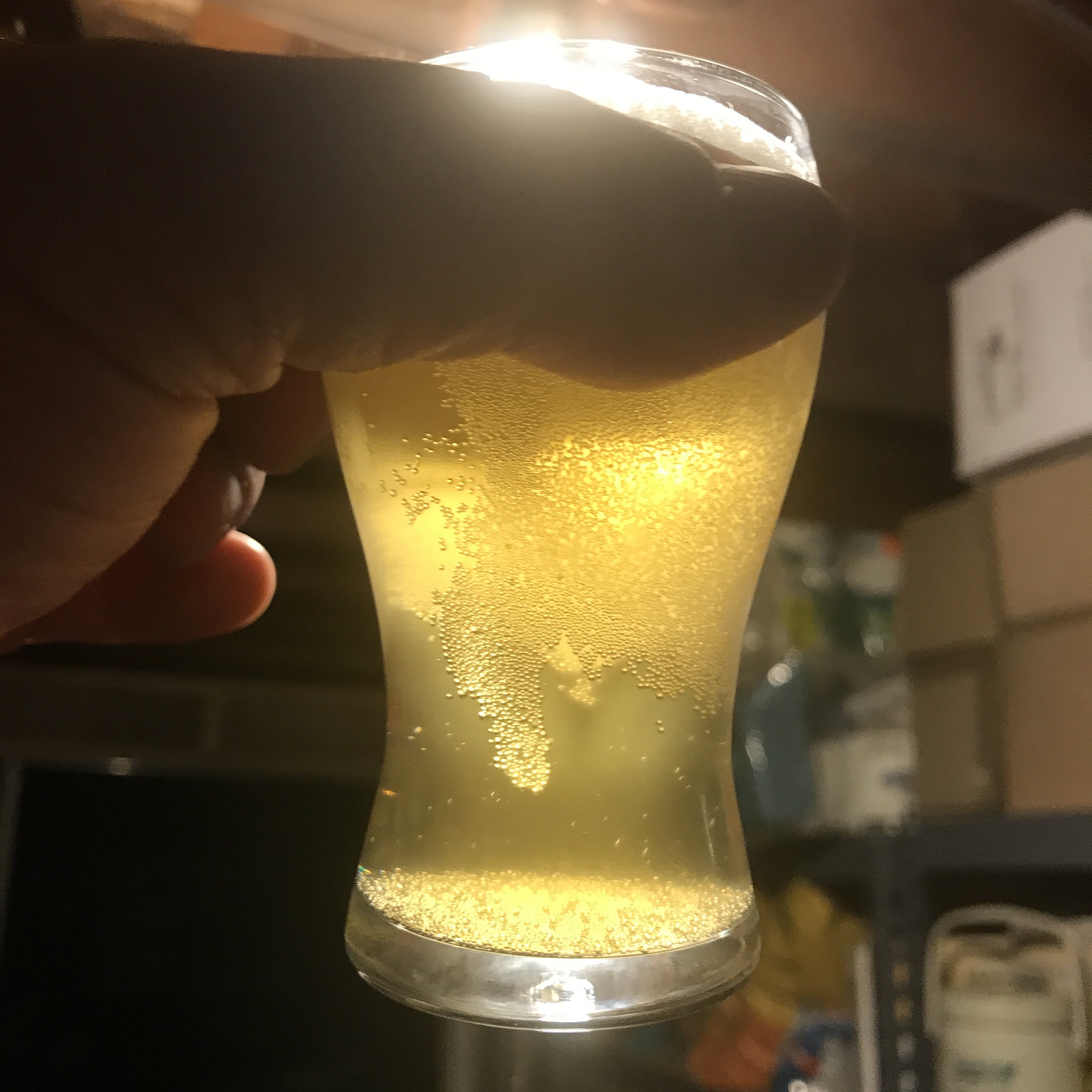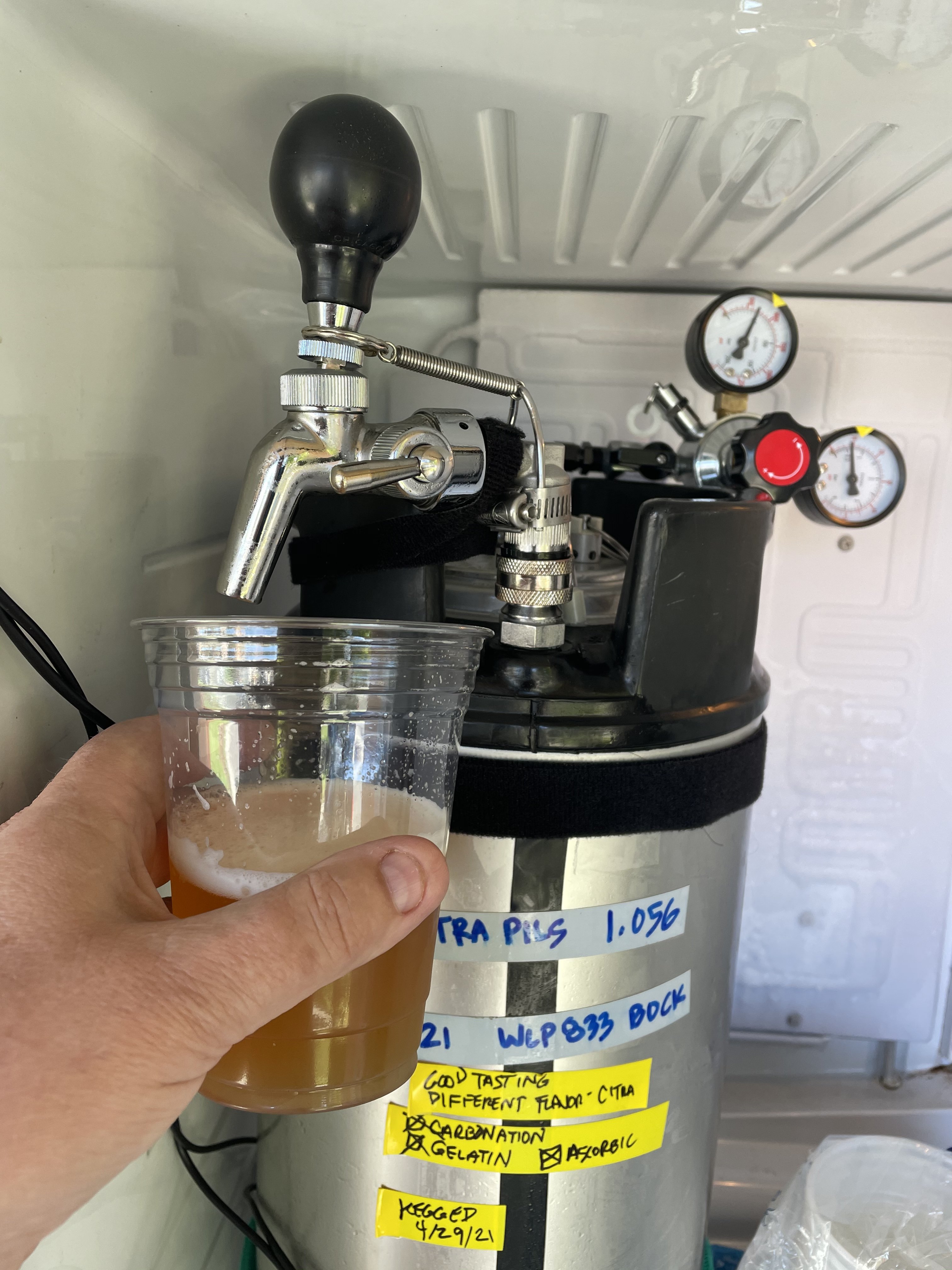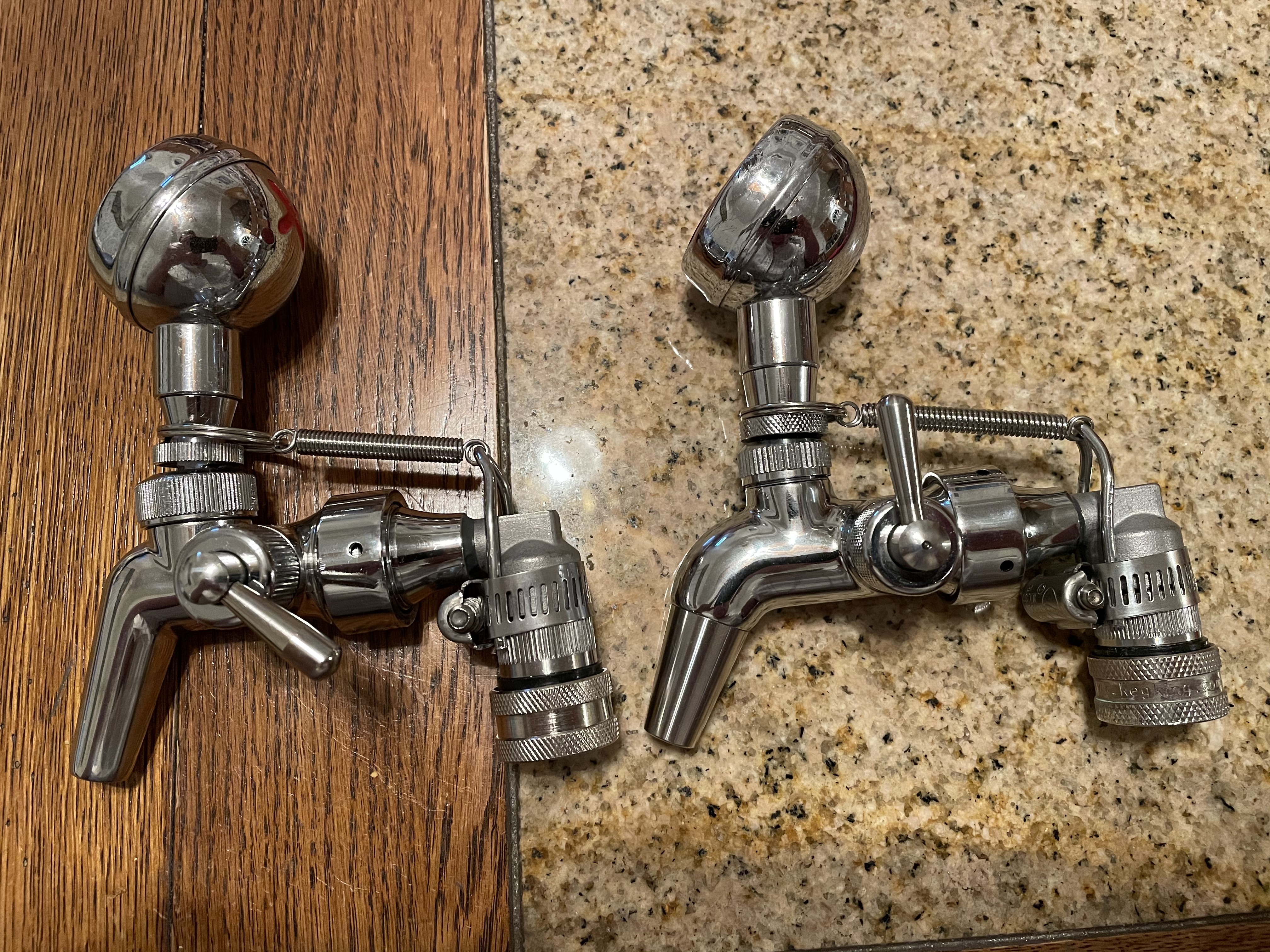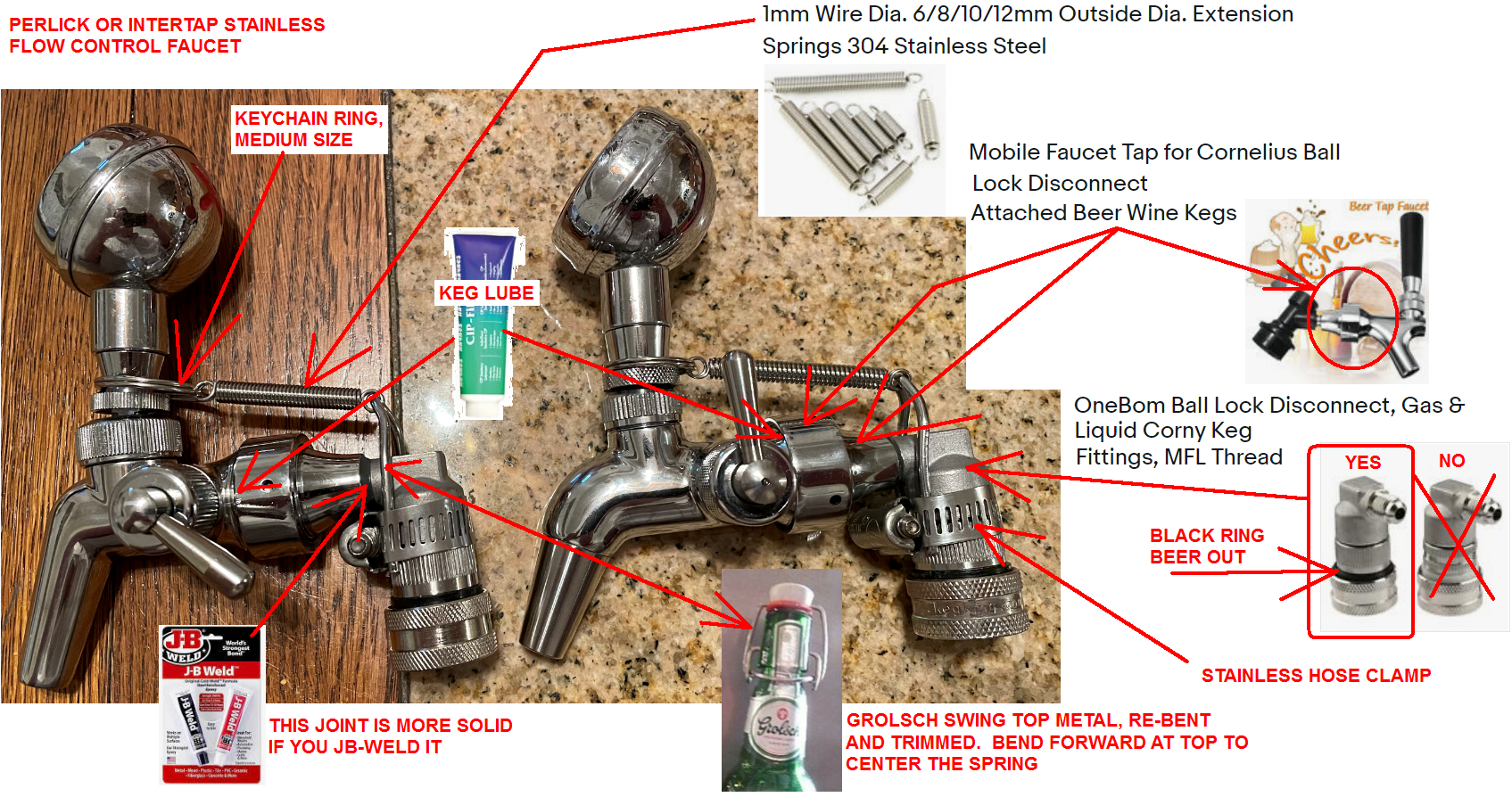Upstate12866
Well-Known Member
- Joined
- Jun 26, 2018
- Messages
- 204
- Reaction score
- 162
This past year I tried a few lagers and liked them quite a bit. I was afraid lager required a special setup, but it's been OK in a lazy, ambient temperature situation like mine (50-65 F). I thought the yeast was a delicate little flower but it is tougher than it's reputation implies!
I noticed how light and wispy 34/70 and California lager yeast can be in the bottle. Without special tools, I am always dodging yeast clouds.
This got me thinking. Has anyone embraced the haze and made a cloudy lager? My lager recipe is pretty similar to a pale ale already, and I usually put wheat in there too. In some ways it seems like a NEIPA in that we have a neutral yeast, pale malts with some wheat, turbidity unless I work to reduce it, etc. Alternatively, what would stop someone from just replacing ale yeast for lager in a NEIPA recipe? Just curious if such a concept exists out there. It seems like there are fewer variations on lager styles, which seems odd given how neutral the yeast can be.
Full disclosure, I've already started breaking some rules with lagers Besides adding wheat to most recipes, I made a multigrain with corn, wheat and oats, and I currently have a lemon-orange lager priming in bottles.
Besides adding wheat to most recipes, I made a multigrain with corn, wheat and oats, and I currently have a lemon-orange lager priming in bottles.
I noticed how light and wispy 34/70 and California lager yeast can be in the bottle. Without special tools, I am always dodging yeast clouds.
This got me thinking. Has anyone embraced the haze and made a cloudy lager? My lager recipe is pretty similar to a pale ale already, and I usually put wheat in there too. In some ways it seems like a NEIPA in that we have a neutral yeast, pale malts with some wheat, turbidity unless I work to reduce it, etc. Alternatively, what would stop someone from just replacing ale yeast for lager in a NEIPA recipe? Just curious if such a concept exists out there. It seems like there are fewer variations on lager styles, which seems odd given how neutral the yeast can be.
Full disclosure, I've already started breaking some rules with lagers











